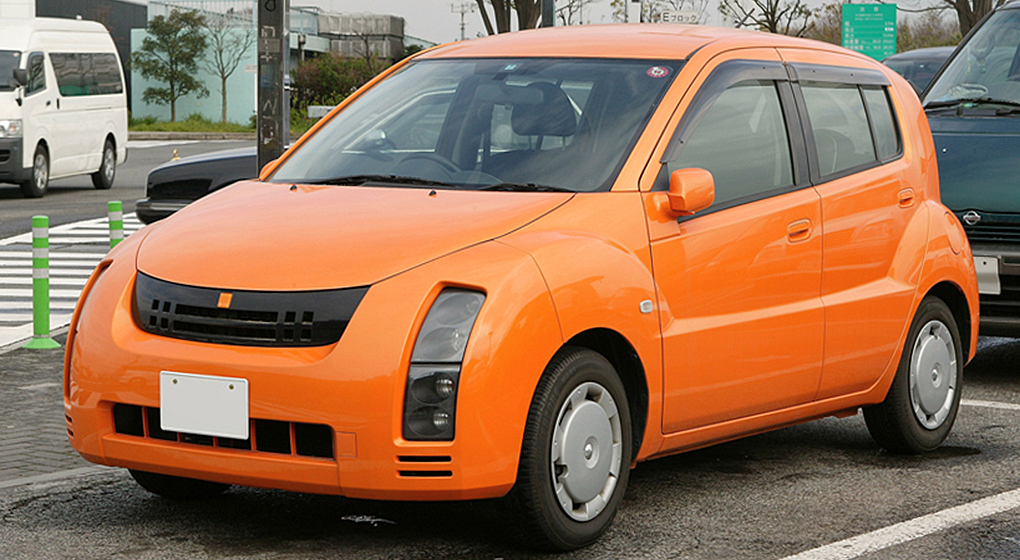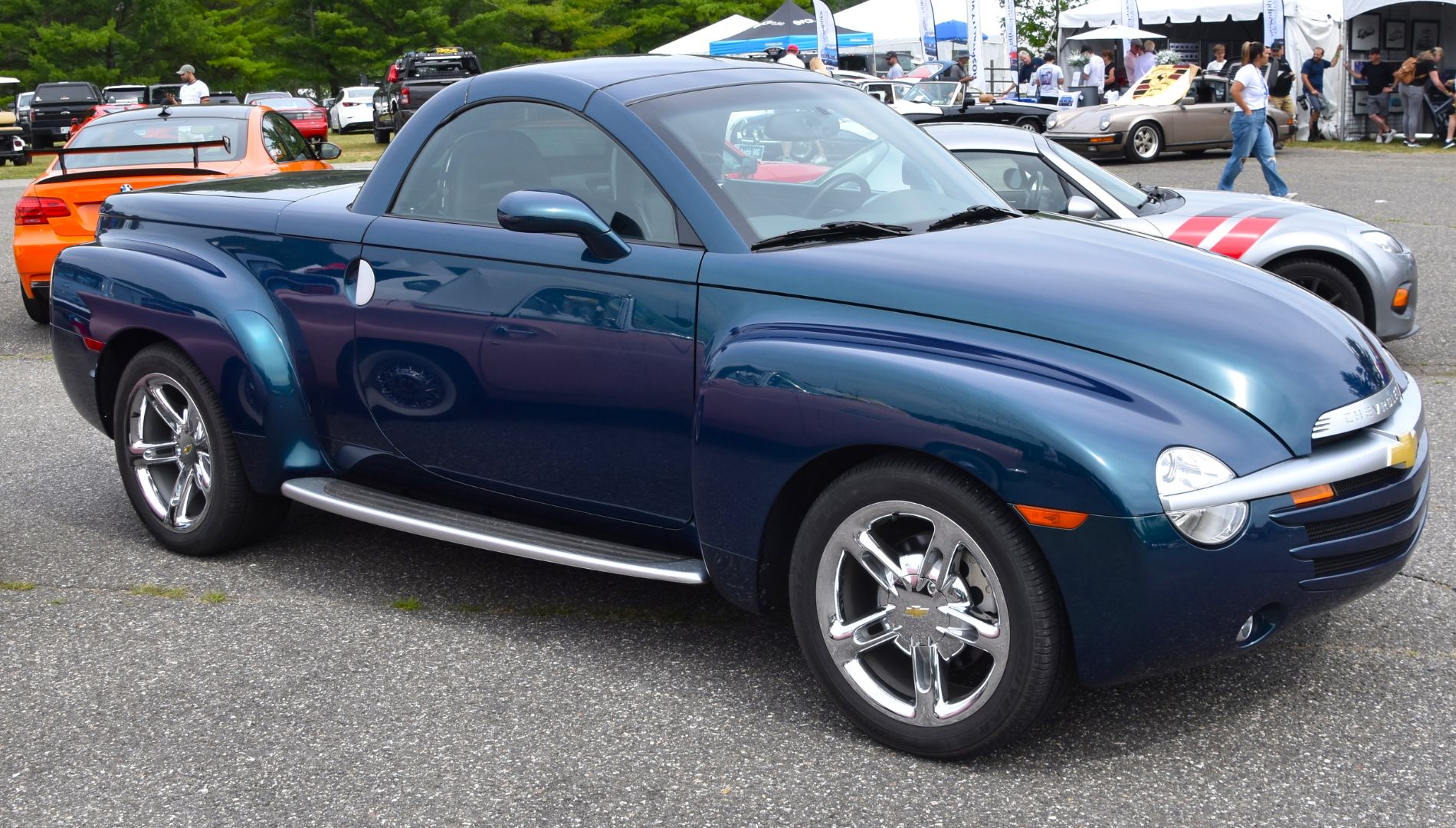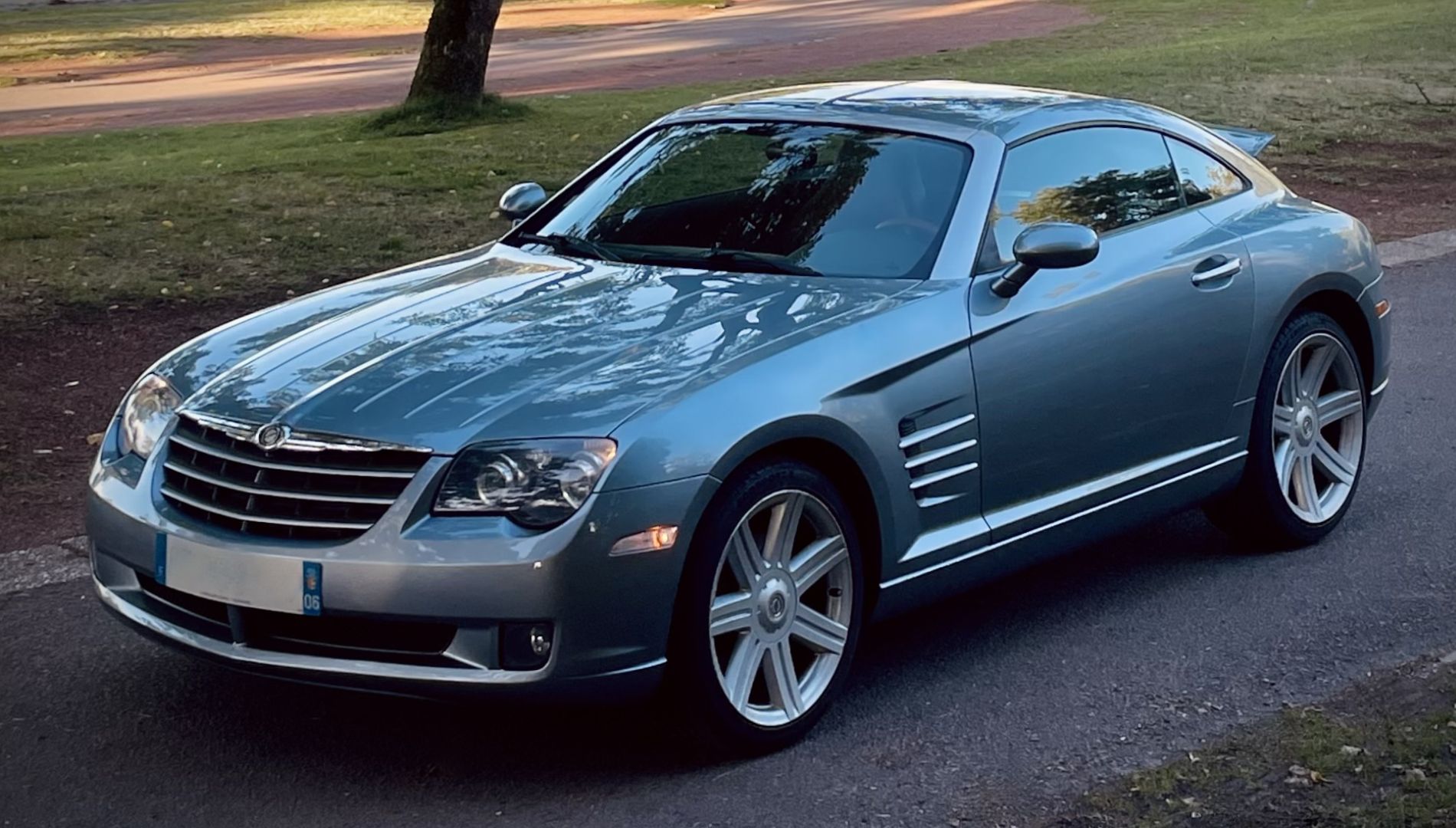
Some cars stop traffic—but not in the flattering sense. While most vehicles blend into the everyday flow, a rare few demand attention through bold, often baffling design choices. Over the years, automakers have taken creative risks to stand out in crowded markets. Sometimes these experiments led to innovation. Other times, they simply left onlookers scratching their heads.
But not all of these cars were failures under the hood. In fact, many were reliable, cleverly engineered, or ahead of their time in features or function. What set them apart—often uncomfortably so—was their styling. Shapes clashed and aesthetics wandered far from mainstream appeal. Public reaction was swift and, in many cases, unrelenting.
This list explores 20 cars remembered not for performance or prestige, but for the way their looks rewrote expectations. Each one reflects a moment when ambition and audience perception collided with unforgettable results.
AMC Gremlin (1970–1978)

In a race to beat imports, AMC cut costs by shortening an existing design—literally. The result was the Gremlin, a stubby, abrupt hatchback with an unrefined silhouette. Released on April Fool’s Day, it invited skepticism from day one. Although mechanically solid, its choppy proportions guaranteed it a lasting spot in design infamy.
Pontiac Aztek (2001–2005)

The Aztek entered the market as a bold crossover, but its fragmented styling left buyers confused. Angular panels, plastic cladding, and a mismatched front made it difficult to admire. Marketed as adventurous and versatile, it struggled to find a fan base. Despite decent performance, its design remains a textbook case of form failing to function completely.
Fiat Multipla (1998–2010)

Targeted at urban families, the Fiat Multipla delivered space efficiency and flexible seating arrangements. Still, its unorthodox exterior—particularly the headlights and unusual proportions—drew heavy criticism. Even as it met demands with ease, most viewed its design as a drawback. Now, the Multipla serves as a reminder that innovation in utility can sometimes overshadow aesthetics.
Ford Scorpio Mk2 (1994–1998)

Ford introduced the Mk2 Scorpio to challenge premium European brands, backing it with strong equipment and solid engineering. However, its rounded form and peculiar grille design clashed with expectations. Buyers sought elegance; the Scorpio offered eccentricity. It struggled commercially, largely due to styling flaws that overshadowed its value.
SsangYong Rodius (2004–2013)

Styled by a yacht designer, the Rodius attempted to blend SUV space with luxury cruiser lines—and failed. Its arched rear, stubby hood, and oversized body panels never worked in harmony. Roomy interiors and practicality weren’t enough to forgive its awkward shape. And soon, the Rodius became an example of how difficult it is to satisfy both design and functionality.
Reliant Robin (1973–2002)

The Robin was engineered with minimalism in mind—lightweight materials and a small engine. Technically clever, it offered low operating costs and ease of maintenance. But visually, it left much to be desired. Its peculiar proportions and top-heavy stance often drew ridicule, which overshadowed the practical thinking behind its design.
Toyota WiLL Cypha (2002–2005)

Designed for Japan’s youth market, the WiLL Cypha featured rounded corners and a high, boxy stance. Its quirky tech appeal couldn’t distract from a design that looked more like a toy than a car. While innovative inside, the exterior sparked confusion. Even in Japan’s experimental segment, the Cypha stood out for reasons few celebrated.
Chrysler PT Cruiser (2000–2010)

Drivers either loved the PT Cruiser’s unmistakable style or steered clear of it altogether. Its retro-inspired design made a strong first impression, but that bold look soon became a point of division. While once celebrated for its practicality, the PT Cruiser’s standout appearance hasn’t stood the test of time—proving that true timeless design takes more than just flair.
Subaru Baja (2003–2006)

Part sedan, part truck, part wagon—the Baja couldn’t decide what it wanted to be. Designed on the Legacy platform, it merged car comfort with an exposed truck bed. However, its mismatched proportions and abrupt transitions made it visually awkward. Functionally unique, it still baffled buyers who wanted aesthetic cohesion.
Nissan Juke (2010–2019)

Launched to appeal to younger drivers, the Juke’s styling broke all conventions. Its high-mounted lights and compressed tail earned nicknames like “alien bug.” Sales were strong, but opinions were divided. While many praised its uniqueness, others dismissed it as overdesigned. The Juke left no middle ground—only strong reactions, good or bad.
Chevrolet SSR (2003–2006)

Turning a concept into a production car is risky, and the SSR proved just how much. With retro styling inspired by 1940s pickups and a retractable hardtop, it aimed for novelty. However, its bloated proportions and unclear identity limited its appeal. Sales lagged, and the model was quietly phased out after a short run.
Mitsuoka Orochi (2006–2014)

Reactions to the Orochi were immediate and intense. Its serpentine curves and wide-eyed headlights made it one of the most polarizing designs in automotive memory. While rare and undeniably distinctive, most observers found its styling to be closer to science fiction than to sports car elegance. Today, it remains a divisive piece of design history.
Chrysler Crossfire (2004–2008)

Originally a concept car, the Crossfire entered production with most of its dramatic styling intact. Built between 2004 and 2008, it offered solid German underpinnings beneath American sheet metal. However, the exterior drew mixed reactions. Its exaggerated rear end and abrupt lines divided opinion and contributed to its short run and subdued legacy.
Ford Edsel (1958–1960)

The Edsel’s controversial horseshoe-shaped front split opinions even before its launch. Ford spent millions promoting a futuristic car, but buyers saw a bloated, overstyled sedan instead. As a result, sales plummeted instantly. Despite solid engineering, its awkward design overshadowed all else and turned Edsel into a name synonymous with automotive failure.
Bugatti EB 218 Concept (1999)

Luxury took a strange turn with the EB 218. Unlike Bugatti’s sleek Veyron lineage, this concept sedan featured an upright grille and soft curves that softened its bite. It housed a W18 engine—impressive specs for a design lacking edge. Fortunately, Bugatti shifted directions before this bloated silhouette hit production.









